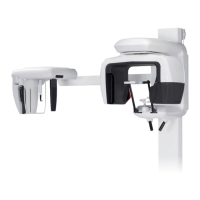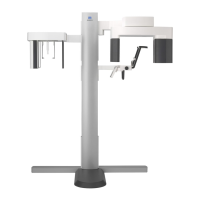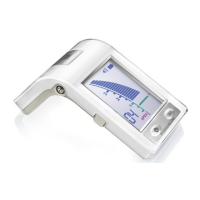Why Morita Medical Equipment Panorama & Cephalo image has strobe effect?
- CcheryljohnsonSep 4, 2025
If your Morita Medical Equipment Panorama & Cephalo image has a strobe effect, it may be due to metal prosthetics causing excessive feedback in the Auto Exposure system. Try making an exposure without using AE to check if this is the cause.




